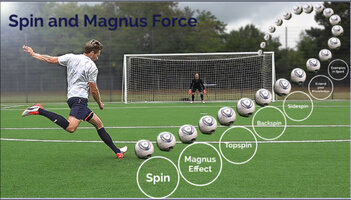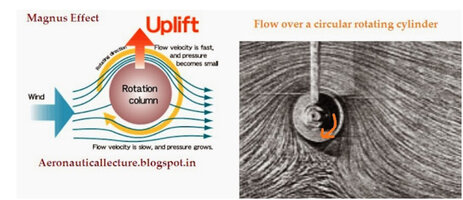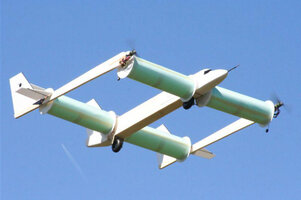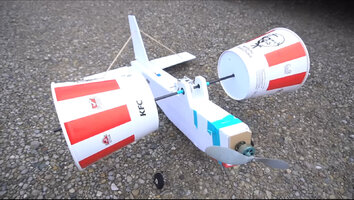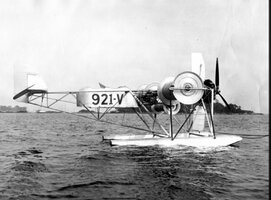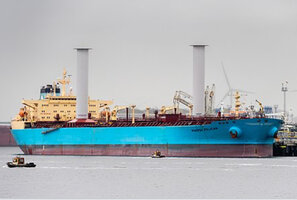It's seductive...back in 1968 I heard a 51 on approach at Montera CA, south of Frisco, and made it fast to the strip in time to see her still running. A bibigthrill indeed! Just rolling with (I presume) carb heat o) that gal as she glided in...oh boy!It is my favorite sound in the world.
Arcane stuff, in wind tunnel tests at Wright Field (WW2) several variations of Merlin exhaust stacks. With the "best" design stacks they both raised engine power and made exhaust-thrust (as in rocket or jet) and picked up about 7 knots, as I remember. This was all online, pdfs of old test data. 7 additional kts @ 400 kts is a whole lota ponies.


